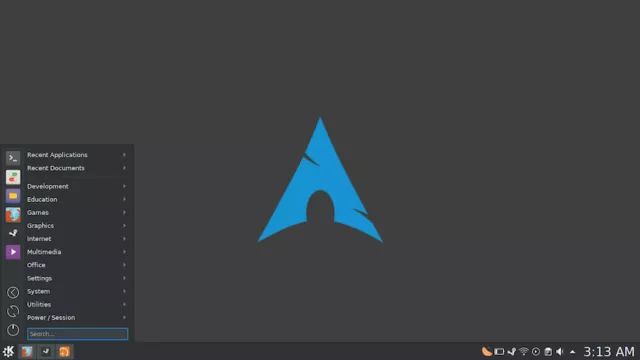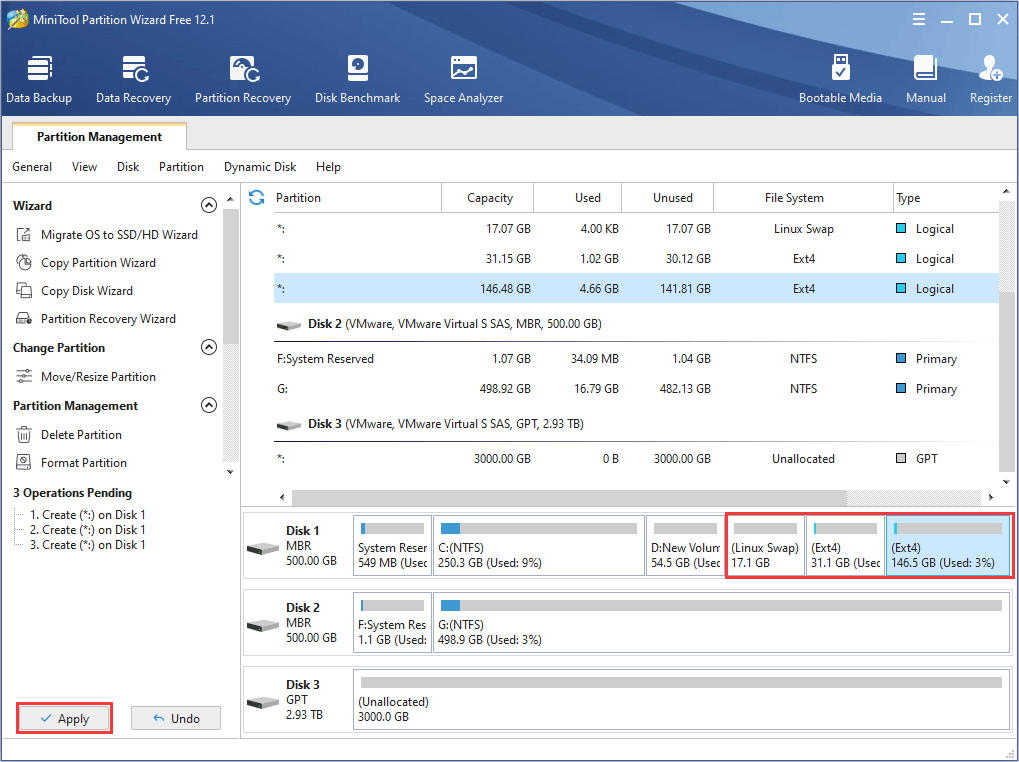

Data-mode journaling comes with a speed penalty and is not enabled by default. Ext3 and ext4 offer data-mode journaling, which logs both data and meta-data, as well as possibility to journal only meta-data changes. Not all journaling techniques are the same. The logging takes place in a dedicated area of the file system. In the event of a system crash or power failure, such file systems are faster to bring back online and less likely to become corrupted. Journaling provides fault-resilience by logging changes before they are committed to the file system. See also apfs-fuse-git AUR FUSE version.Īll the above file systems with the exception of exFAT, ext2, FAT16/32, Reiser4 (optional), Btrfs and ZFS, use journaling. ReiserFS is deprecated in Linux 5.18 and scheduled for removal from the kernel in 2025.
Mount arch linux driver#
Officially supported kernels are built without CONFIG_NTFS_FS so this driver is not available. File systems already loaded by the kernel or built-in are listed in /proc/filesystems, while all the installed modules can be seen with ls /lib/modules/$(uname -r)/kernel/fs. See filesystems(5) for a general overview and Wikipedia:Comparison of file systems for a detailed feature comparison. A brief overview of supported filesystems follows the links are to Wikipedia pages that provide much more information.

Each has its own advantages, disadvantages, and unique idiosyncrasies. Individual drive partitions can be set up using one of the many different available file systems. The structure and logic rules used to manage the groups of information and their names is called a "file system". Taking its name from the way paper-based information systems are named, each group of data is called a "file". By separating the data into pieces and giving each piece a name, the information is easily isolated and identified. Without a file system, information placed in a storage medium would be one large body of data with no way to tell where one piece of information stops and the next begins. In computing, a file system or filesystem controls how data is stored and retrieved.
Mount arch linux Pc#
Insert the USB drive into your PC and boot it up. This can be configured from the BIOS screen. Use a tool like balenaEtcher to write to a bootable USB thumb drive from the image you downloaded.īefore booting with the drive, make sure you have configured your motherboard to boot from USB.The fastest way to download it is through the Torrent download option, but you can also scroll down a bit further and click a link from a mirror close to where you live under “HTTP Direct Downloads.” Go to the download page on Arch Linux’s official website and grab the latest image.
Mount arch linux install#
Before We Beginīefore you can install Arch Linux, you need to first download the ISO file and burn it to a USB drive or DVD. In the case of AUR packages, you might even get an alpha release that is still being tested. Essentially, when a developer releases a new version of their app, Arch will have it within a few hours. The only real downside to Arch is how unstable it can be due to the “bleeding edge” nature of its packages.

Mount arch linux update#
You can install your favorite desktop environment and the applications you need.Īrch Linux is also a rolling release distribution, which means you just need to install it once, and it will always update itself to the latest version. It comes with a base installation that comes with the bare basics for it to run. If you ever wanted to custom-build a distro with components you choose and make it as lightweight as possible without losing the features you love, this distro is the one for you.


 0 kommentar(er)
0 kommentar(er)
